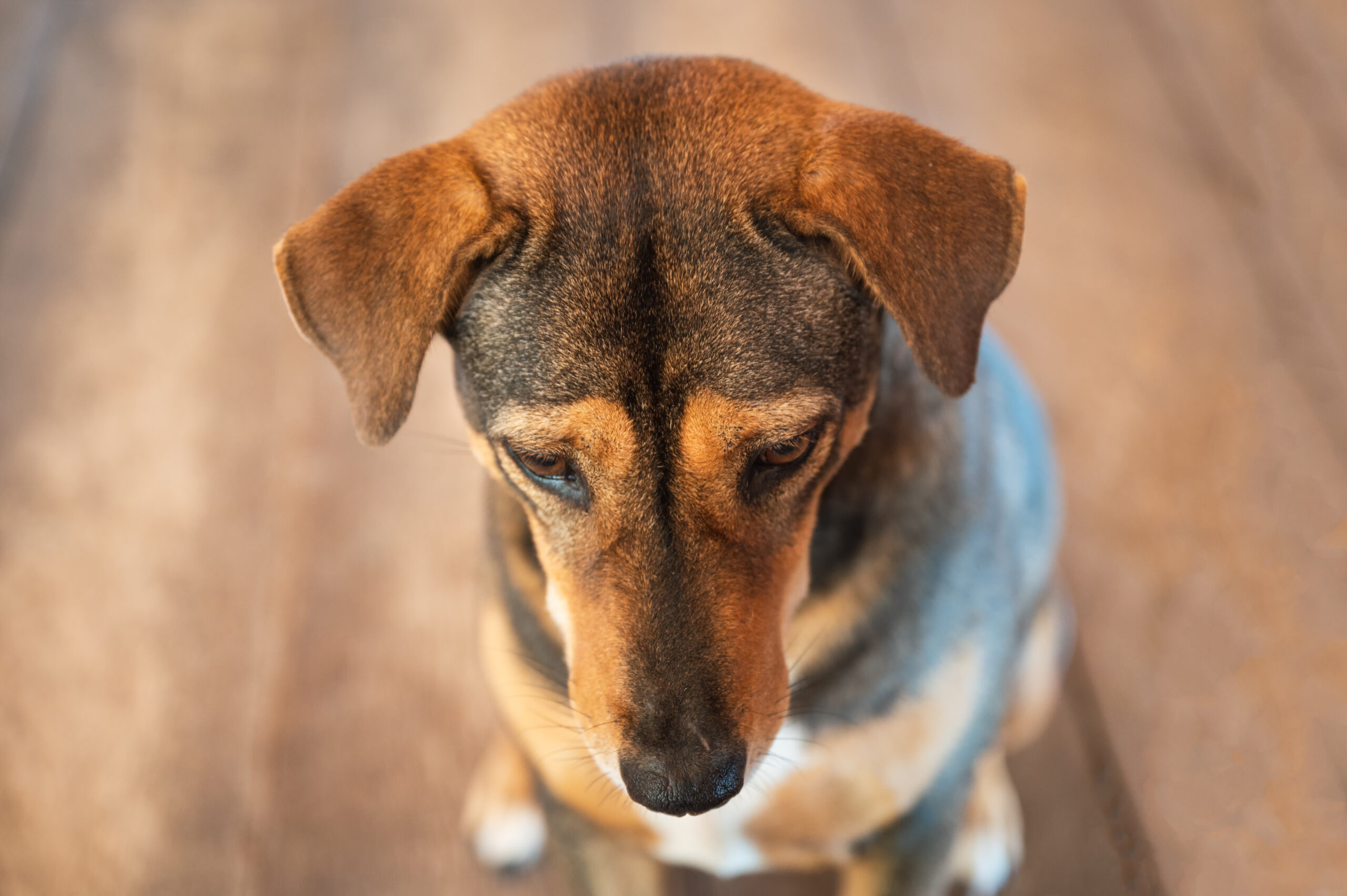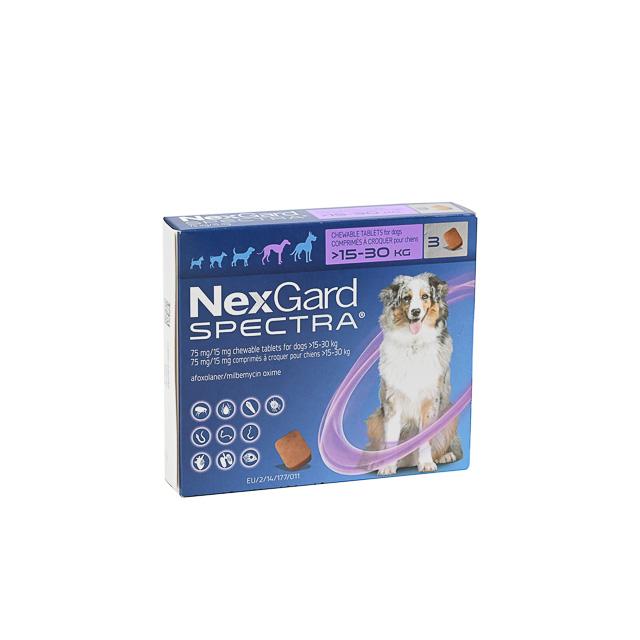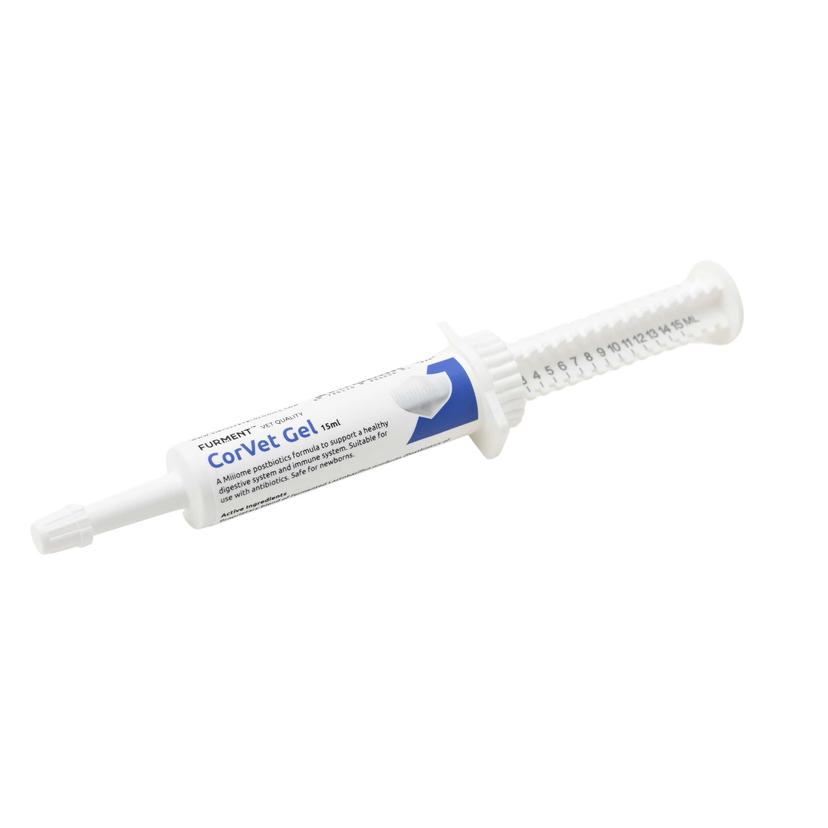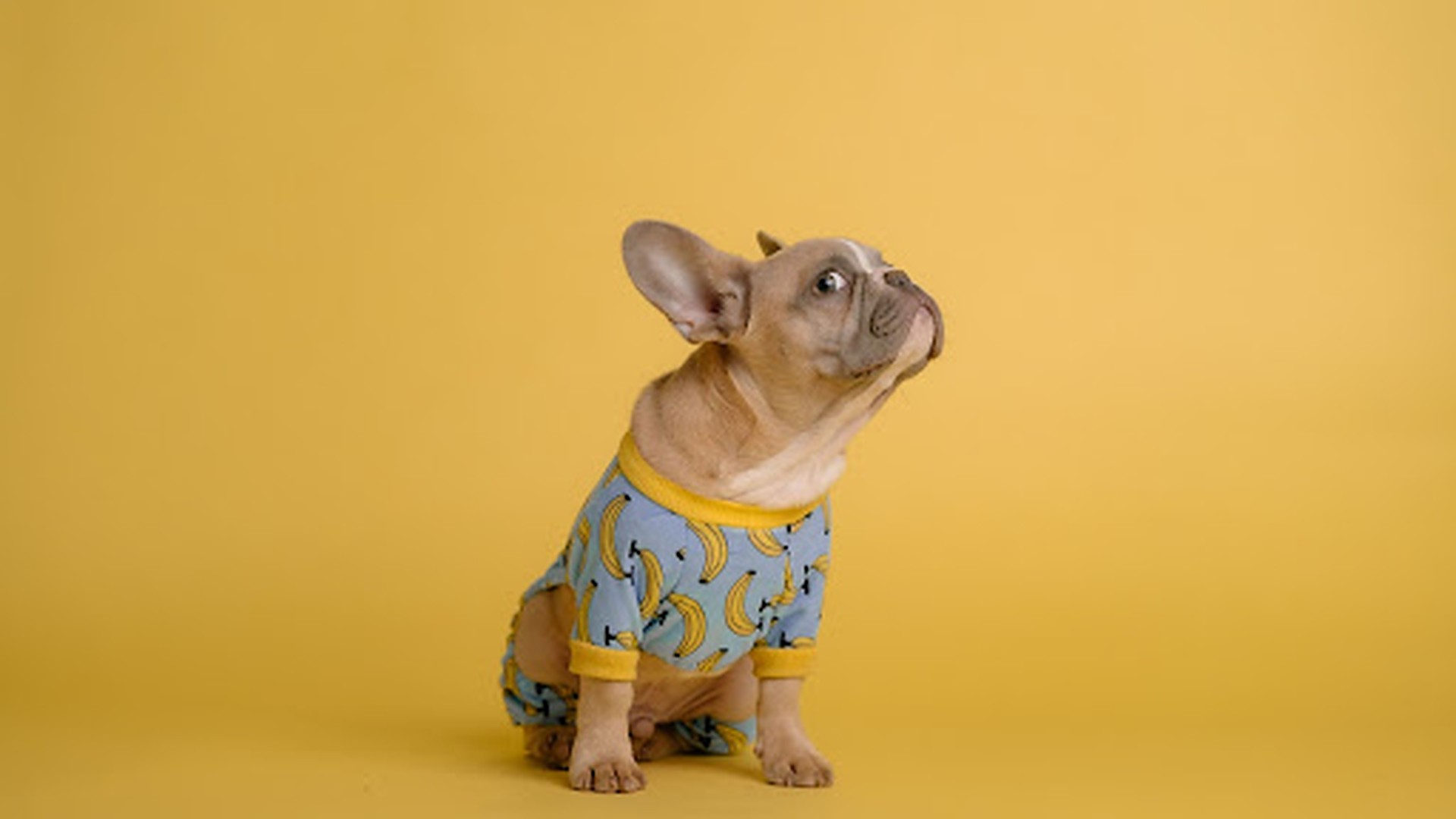Left your pup home alone and came back to a hot mess of chewed up furniture, waste all over the place and dug up holes? The struggle is real with dogs who have a hard time being away from their pawrents. Inappropriate behaviour when left alone often indicates that your dog needs training, but if you also notice signs of distress in your dog, it may be something more serious.
What is separation anxiety?
Separation anxiety is exactly what it sounds like; your pup is experiencing unnerving emotions when apart from you. This occurs mostly with dogs that are overly attached or dependent on their humans, and dogs that have had a disruptive change in their routine, residences or even owners.
How do I know if my dog is experiencing separation anxiety?
When separated from you or any other members of the family they are most attached to, look out for these signs in your dog:
- Inappropriate vocalisation
Some dogs will bark or howl incessantly simply due to the distress of separation and no other apparent triggers.
- Destruction
It’s common for dogs with separation anxiety to chew on objects, scratch furniture or simply destroy household items when separated from their human. This sort of destructive behaviour can also lead to self-injury such as chipped teeth, broken nails and scraped paws.
- Urination or defecation
Elimination behaviour is also one of the ways dogs express their anxiety when you are not around. This often takes place in non-designated areas.
- Escape behaviour
In your absence, your anxious dog may also try to escape by digging at doors or chewing on their crate.
- Nervous tics
Some dogs may also present other nervous behaviour such as persistent pacing in a fixed pattern and excessive panting or drooling.
- High level of excitement or arousal when humans are home
With dogs who suffer from separation anxiety, the relief of seeing you home is enough to send them on a celebratory frenzy. This comes in the form of jumping on you repeatedly, barking or even zooming around to express their excitable energy.
To correctly identify these, find an inconspicuous way to observe your dog when they are left alone, such as using a video camera or an effective hiding spot.
How to ease separation anxiety in dogs
While separation anxiety is common in a lot of dogs, it can lead to a burdensome and often unhealthy commitment in the long run. Pet parents shouldn’t have to live with fear every time they leave the house and their four-legged kids alone. Here are some ways you can help your dog learn to be a little more independent, allowing you your freedom to leave.
- Establish a routine
It’s important for your pup to know when they can expect attention, otherwise they would default to thinking it’s all the time. Help them understand this by setting routines in place for playtime, feeding, walks, training and even bedtime.
When possible, schedule low-attention activities such as self-playing with toys or naps to coincide with when you would typically leave the house.
- Ensure environmental enrichment
Just like a child, your furkid needs plenty of stimulation and education. Make sure you are providing them with sufficient social interaction, play, attention and exercise. This expense of energy can help them settle down and relax when it’s time for you to go.
You can also practice introducing new chew toys or interactive feeding bowls before you leave, so that your dog has something to keep them busy.
- Counterconditioning
When your pet associates a stimulus with unpleasant emotions, counterconditioning can help change this. For instance, giving your dog treats or their favourite toys as you are departing home may help them remember it as a positive experience.
That said, this usually only works for milder cases of separation anxiety.
- Desensitisation over time
If your pup is dead focused on your presence at all times, it may require more work to get them on the right track. Deploy the techniques of desensitisation, which gradually exposes them to the idea of your absence.
Defang pre-departure cues: What are some habits you go through before leaving home? Whether it’s picking up keys or changing your clothes, your dog has probably learned that these things lead to you leaving the house. This anticipation could also have a role in ramping up their anxiety.
Try picking up your keys or changing into different clothes many times over the day without actually leaving the house. Once your dog has learned to stop associating these cues with your departure, you can move on to the next step.
Practice graduated absence: To get your dog used to your absence, plan to leave the house for short durations with greater frequency. Try going out the door and waiting a couple of seconds before popping back in to greet your pup. The point here is to let them know it’s not as bad as they think!
Couple it with counterconditioning: Once your pup has adjusted to your mini departures, you can then throw in counterconditioning to further reinforce positive behaviour. Give them a treat or interactive food toys like a Kong when you are about to leave, indicating that it’s a safe separation and there’s something good in it for them!
Build up exposure: Over time when you notice your dog can handle a tad more separation, you can build up your absence in longer intervals, but be wary not to progress too quickly as it may reverse some of your hard work! Also, desensitisation cannot happen with extreme measures — rather than leaving them alone, try taking them to doggy daycare or arranging for a family member to be with them.
Not fur-getting…
Even if you come home to destruction after leaving your dog for some time, always refrain from scolding or punishing! It can only make things worse. Separation anxiety may be refractory and require longer periods of time to manage, but you’re not doomed.
Call in the pros and book a video consultation with one of our ZumVets! They can offer tailored advice on how to support your dog and manage their separation anxiety.













